How Technology Can Revolutionize the Diamond Business
Technology has fundamentally reshaped every aspect of human life, from how we communicate and work to how we learn and entertain ourselves. Its transformative role is undeniable, revolutionizing industries, economies, and societies worldwide.

Technology has fundamentally reshaped every aspect of human life, from how we communicate and work to how we learn and entertain ourselves. Its transformative role is undeniable, revolutionizing industries, economies, and societies worldwide.
Advanced Sorting Technologies
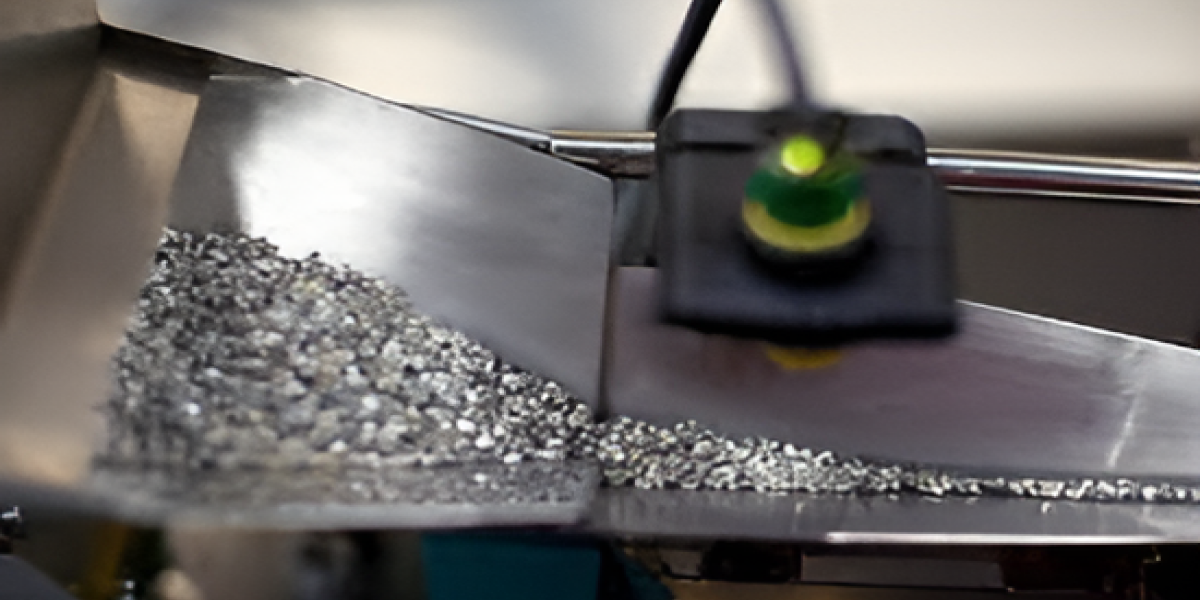
X-ray Transmission Sorting
X-ray transmission sorting machines use X-ray technology to penetrate the material and identify diamonds based on their atomic density and crystal structure.
Diamonds absorb X-rays differently than other minerals, allowing the machine to detect and separate them from the surrounding ore. This technology is highly effective in recovering diamonds from dense or complex ore bodies.
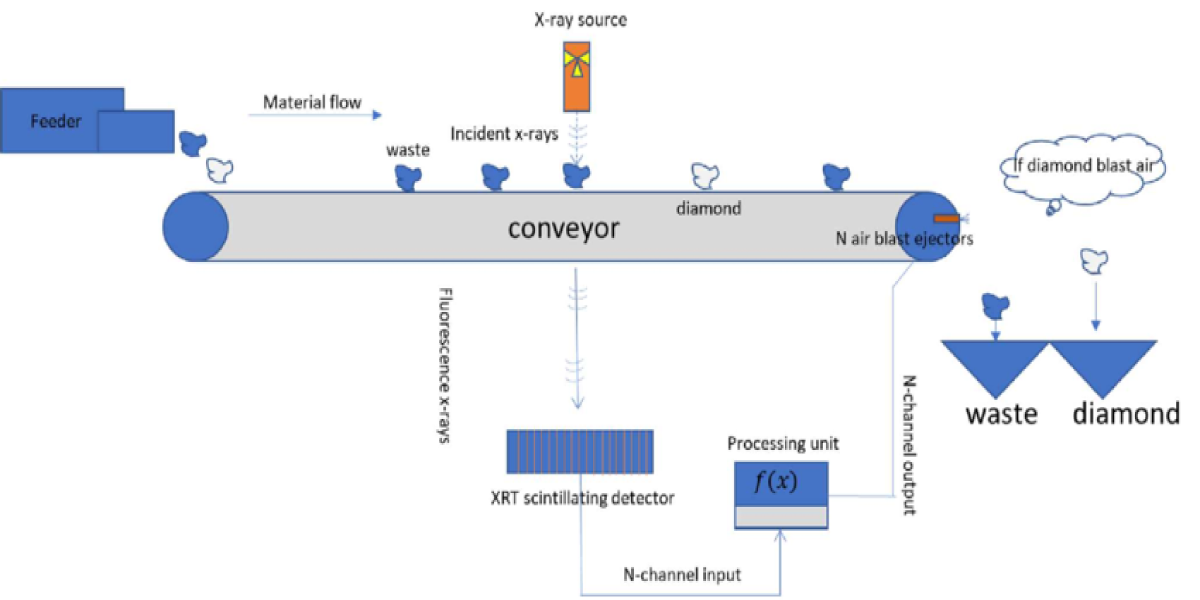
X-ray Fluorescence (XRF) Sorting
XRF sorting machines analyze the chemical composition of minerals by measuring the characteristic X-rays emitted when the material is exposed to X-rays.
By comparing the elemental composition of the material with known standards for diamonds, XRF sorters can identify and separate diamonds from other minerals based on their unique chemical signatures.
Electromagnetic (EM) Sorting
Electromagnetic sorting machines use electromagnetic sensors to detect the electrical conductivity of minerals. Diamonds are poor conductors of electricity, while many other minerals are good conductors. This technology is effective in separating diamonds from kimberlite ore and other mineral deposits.
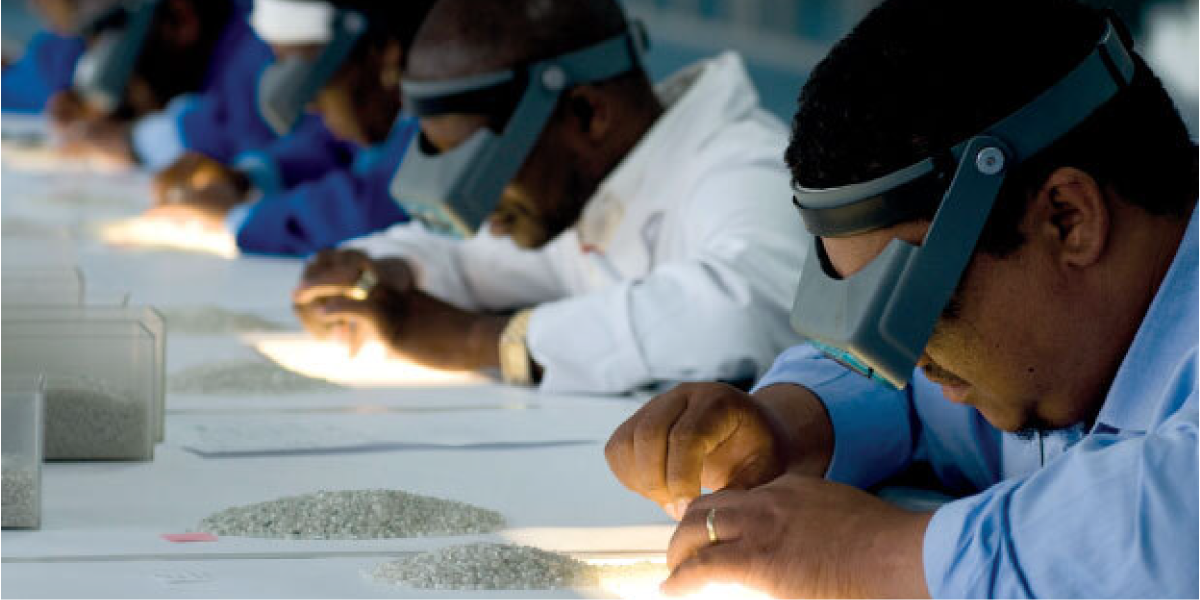
Near-Infrared (NIR) Sorting
NIR sorting machines analyze the optical properties of minerals by measuring the absorption and reflection of near-infrared light.
Diamonds exhibit unique spectral signatures in the near-infrared range. This technology is particularly useful for sorting diamonds based on their crystal structure and mineral composition.
Laser Sorting
Laser sorting machines use laser technology to selectively target and remove diamonds from ore based on their optical properties. This technology is highly precise and efficient, allowing for the selective recovery of high-value diamonds from ore.
High-tech laser scanners are used to examine each rough diamond. Laser sorting relies on the principle that different materials absorb and reflect light differently.
CAD/CAM Software for Jewelry Design
There are several CAD/CAM software options specifically tailored for jewelry design. These are just a few examples, and the choice of software often depends on factors such as the specific needs of the designer, budget, and familiarity with the software interface.
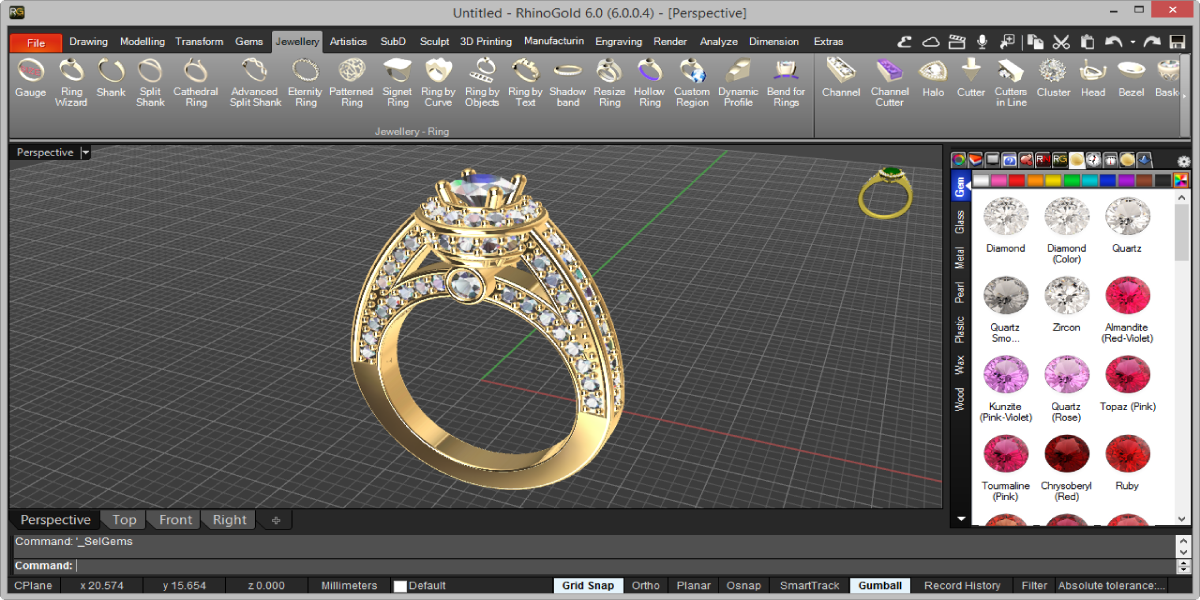
Rhino Gold
This is a plugin for Rhino, a widely used 3D modeling software. It offers specialized tools for jewelry design, including gemstone settings, ring builders, and more.
Gem library, parametric modeling, rendering capabilities, and compatibility with various manufacturing processes.
Matrix
Another plugin for Rhino, Matrix is specifically designed for jewelry design and manufacturing. Matrix is a CAD software dedicated to jewelry design, known for its intuitive interface and specialized tools for creating detailed jewelry models.
It provides advanced tools for creating intricate designs and supports various manufacturing processes. Gemstone libraries, sculpting tools, organic modeling capabilities, and integration with other products.
Gem Vision's Matrix Gold
This is an updated version of Matrix, offering more advanced features and an improved user interface.
Jewel CAD
This is a standalone software for jewelry design, popular for its ease of use and comprehensive tools for creating 3D models of jewelry pieces.
3Design
Known for its user-friendly interface and powerful features, 3Design is widely used in the jewelry industry for designing both simple and complex jewelry pieces.
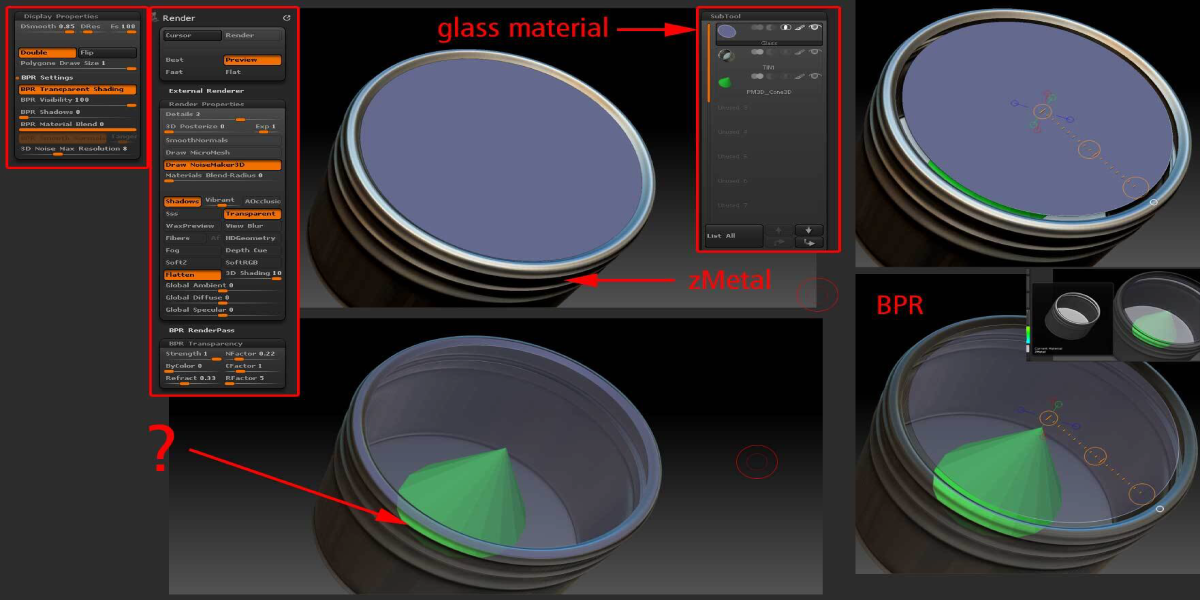
Z Brush
Z Brush is a digital sculpting and painting software widely used in various industries, including jewelry design, film and video game development, and digital art.
While it's not traditionally categorized as CAD/CAM software specifically for jewelry design, it offers powerful tools for creating highly detailed 3D models.
Which can be integrated into the jewelry design workflow, especially for creating intricate and organic designs.
CAD Jewelry Skills
This software is focused on providing training and resources for jewelry CAD design, offering courses, and tutorials on various CAD software platforms used in the jewelry industry.
Integration of 3D Printing for Prototyping
Integrating 3D printing into the jewelry design process has become increasingly common and beneficial, especially for prototyping.
Integrating 3D printing into the jewelry design process can reduce costs, and unlock new creative possibilities for designers.
This is how it works:
Designing
Jewelers use CAD software to design their jewelry pieces digitally. These designs can range from simple to highly intricate, depending on the desired final product.
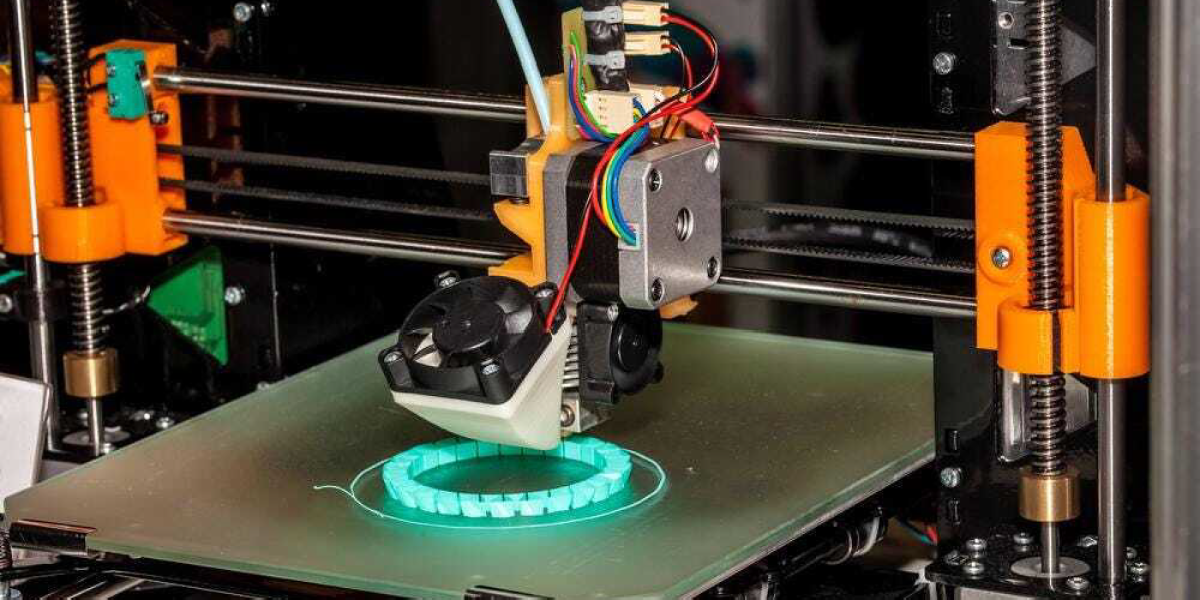
Prototyping
Once the digital design is complete, it can be exported as a file compatible with 3D printers. Jewelers often use desktop or professional-grade 3D printers to create physical prototypes of their designs.
Testing and Refinement
The printed prototype allows jewelers to evaluate the design in physical form, checking for factors like fit, aesthetics, and functionality. Any necessary adjustments can be made to the digital design before proceeding further.
Casting
After finalizing the design, if the jewelry piece is to be cast in metal, the prototype can serve as a pattern for casting. The printed prototype is encased in investment material and then burned out, leaving a cavity into which molten metal is poured.
Finishing
Once cast, the metal piece may require additional finishing touches, such as polishing, stone setting, and any final detailing.
The benefits of integrating 3D printing for prototyping include the:
Faster Iteration
Designs can be rapidly prototyped and tested, allowing for quicker iteration and refinement.
Cost Savings
3D printing eliminates the need for expensive tooling or molds traditionally used in the prototyping process, reducing costs.
Complex Designs
3D printing enables the creation of highly intricate designs that may be challenging or impossible to achieve using traditional methods.
Customization
Jewelers can easily customize designs for individual clients, making modifications digitally before printing.
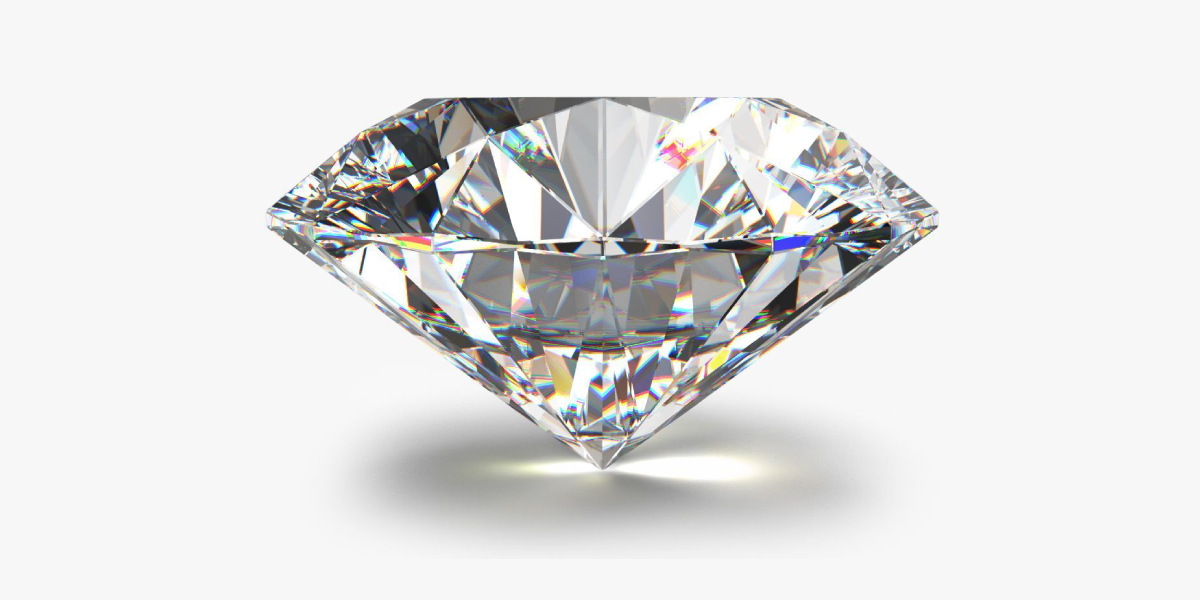
3D Modeling
In the diamond industry, 3D modeling is crucial in several aspects of the supply chain, from initial design concepts to the final product.
3D modeling has revolutionized the diamond industry by enhancing the design process, enabling customization, improving quality control, and providing innovative ways to showcase diamond jewelry to customers.
Designing Jewelry
Jewelry designers use 3D modeling software to create intricate designs for diamond-studded jewelry pieces. These models allow designers to visualize their concepts in three dimensions and make adjustments before production.
Prototyping
Once a jewelry design is finalized, 3D models are often used to create physical prototypes through 3D printing.
These prototypes provide a tangible representation of the final product, allowing designers and clients to assess the design's aesthetics and functionality.
Customization
3D modeling enables the customization of diamond jewelry according to individual customer preferences.
Customers can work with designers to create unique pieces tailored to their specific requirements, such as ring size, diamond placement, and overall design aesthetics.
Quality Control
3D modeling is also utilized for quality control purposes in the diamond industry.
Manufacturers can use 3D models to inspect diamond settings and ensure that stones are securely and accurately placed within the jewelry piece.
Virtual Showrooms
With the advancement of technology, virtual reality (VR) and augmented reality (AR) are being integrated into the diamond industry.
3D models of diamond jewelry can be showcased in virtual showrooms, allowing customers to explore and interact with products in immersive digital environments.

Enhancements in precision, customization, and waste reduction
Advancements in precision, customization, and waste reduction have transformed the diamond industry:
Precision
High-precision technologies such as 3D modeling and computer-aided design (CAD) allow for meticulous design and manufacturing processes, ensuring accurate diamond settings and precise jewelry construction.

Customization
With the aid of 3D modeling and CAD software, customers can customize diamond jewelry according to their preferences, including stone placement, metal choice, and design details.
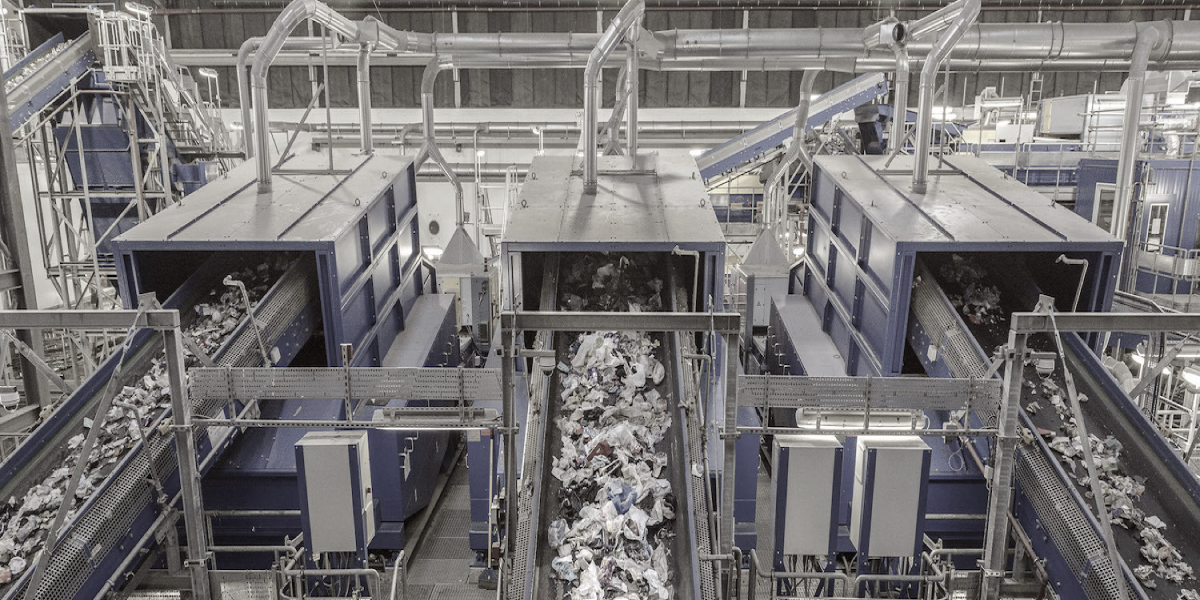
Waste Reduction
Digital technologies minimize material waste by optimizing designs and production processes. Additionally, advanced cutting techniques maximize the yield from rough diamonds, minimizing waste in the cutting and polishing process.
These enhancements drive efficiency, improve product quality, and align with sustainability goals within the diamond industry.
Grading, Certification, and Provenance Tracking
In the diamond industry, grading, certification, and provenance tracking are vital processes. These processes contribute to consumer confidence, ethical sourcing, and quality assurance in the diamond industry.
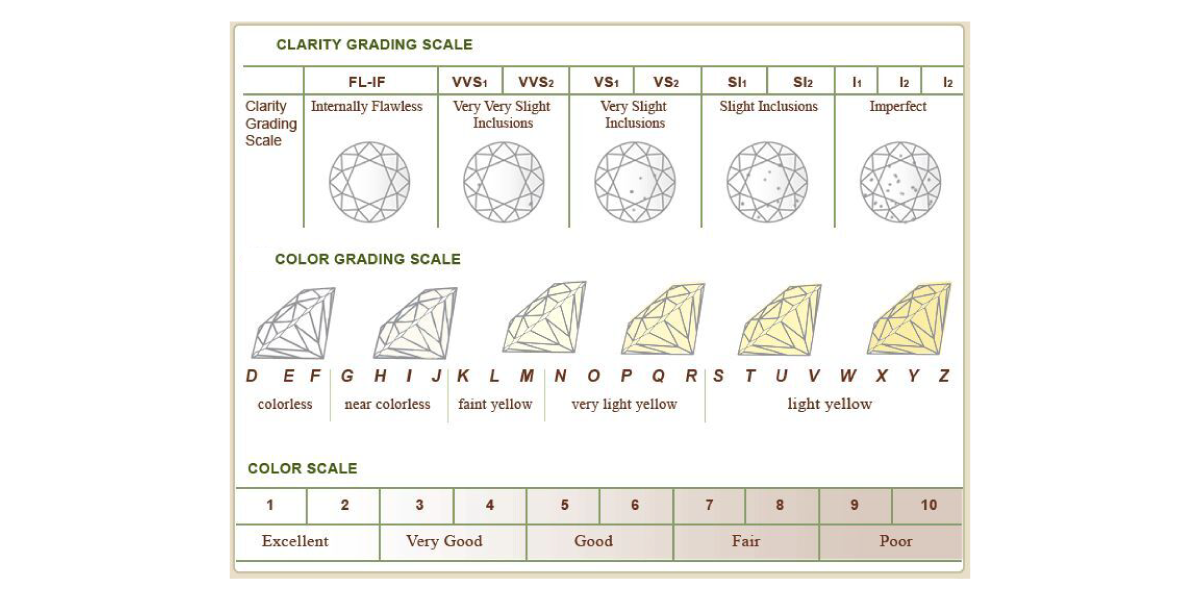
Grading
Diamonds are graded based on their quality attributes such as cut, color, clarity, and carat weight. Grading ensures consistency and transparency in diamond evaluation, enabling buyers to make informed purchasing decisions.
Certification
Certified diamonds come with documentation from reputable gemological laboratories, verifying their quality and authenticity. Certificates assure a diamond's characteristics and can include details like the diamond's 4Cs (cut, color, clarity, carat weight) and any additional features.

Provenance Tracking
Provenance tracking involves documenting the journey of a diamond from its origin to the final consumer. Blockchain technology is increasingly being used for transparent and immutable provenance tracking in the diamond supply chain.
Retail and Marketing Innovations
Retailers offer personalized services such as customized jewelry design consultations and diamond education sessions to create unique and memorable shopping experiences.
Retailers integrate online and offline channels seamlessly, enabling customers to research, purchase, and engage with diamond products across multiple platforms for a shopping journey.
E-commerce Platforms and Digital Marketplaces
E-commerce platforms and digital marketplaces provide convenience, transparency, and accessibility.
Enabling a broader audience to participate in the diamond trade while streamlining the buying process for consumers and industry professionals.

E-commerce Platforms
Online retailers and diamond dealers offer e-commerce platforms where customers can browse, select, and purchase diamonds from the comfort of their homes.
These platforms often provide detailed product descriptions, images, and certification information in decision-making.
Digital Marketplaces
Online marketplaces connect diamond buyers and sellers, facilitating transactions between various industry players.
These platforms offer a wide range of diamonds, catering to both wholesale and retail customers, and often include features such as auction functionality and bulk purchasing options.

Targeted Digital Marketing Strategies
These strategies aim to enhance brand awareness, drive website traffic, and ultimately increase sales in the competitive diamond market.
Personalized Ads
Utilizing customer data to create tailored advertisements based on demographics, interests, and online behavior.
Content Marketing
Creating engaging content such as blogs, videos, and social media posts to educate and engage potential customers about diamonds and jewelry.
Email Campaigns
Sending targeted email campaigns with special offers, promotions, and personalized recommendations to encourage conversions and repeat purchases.
Social Media Targeting
Leveraging social media platforms to reach specific audiences through targeted ads, influencer partnerships, and organic content.
SEO and SEM
Optimizing website content for search engines (SEO) and running targeted search engine marketing (SEM) campaigns to increase visibility and drive traffic to diamond-related websites and e-commerce platforms.
Enhanced consumer experience and market reach
Personalized Service
Providing tailored assistance and guidance throughout the purchasing journey, ensuring individualized attention and satisfaction for customers.
Omni-Channel Presence
Establishing a seamless presence across multiple channels, including physical stores, e-commerce platforms, social media, and mobile apps, to engage with customers wherever they are.
Virtual Try-On and Visualization
Offering virtual try-on tools and visualization technologies to enable customers to preview and interact with diamond jewelry online, enhancing their shopping experience and confidence.
Global Accessibility
Leveraging e-commerce and digital marketing to expand market reach beyond traditional geographical boundaries, tapping into a broader audience of potential customers worldwide.

Customer Feedback and Engagement
Actively soliciting and responding to customer feedback, reviews, and inquiries, fostering a sense of trust, transparency, and loyalty while continuously improving products and services.
Challenges and Future Trends

Challenges:
Ethical Sourcing
Ensuring ethical mining practices and combating the trade of conflict diamonds to meet increasing consumer demand for responsible sourcing.
Market Saturation
Addressing market saturation and competition from lab-grown diamonds requires differentiation strategies and education about the value of natural diamonds.
Supply Chain Transparency
Improving transparency and traceability throughout the diamond supply chain to verify authenticity, enhance consumer trust, and comply with regulatory requirements.
Sustainability
Addressing environmental concerns related to diamond mining and processing, focusing on sustainable practices, and reducing the industry's ecological footprint.
Changing Consumer Preferences
Adapting to evolving consumer preferences, including a shift towards experiential and online shopping, and catering to diverse demographics and lifestyles.

Future Trends:
Lab-Grown Diamonds
Continued growth of the lab-grown diamond market, offering affordable and sustainable alternatives to natural diamonds.
Blockchain Technology
Increasing adoption of blockchain technology for transparent provenance tracking and certification, enhancing trust and accountability in the diamond industry.
Customization and Personalization
Rising demand for customizable and personalized diamond jewelry, driven by consumer desire for unique and meaningful experiences.
Digitalization
Further digitalization of the industry, with advancements in virtual try-on, augmented reality, and online marketplaces transforming the way diamonds are marketed, sold, and experienced.
Circular Economy Initiatives
Embracing circular economy initiatives such as diamond recycling and resale programs to promote sustainability and reduce waste in the diamond lifecycle.

Sustainable Mining Technologies
Sustainable mining technologies aim to minimize environmental impact and promote responsible practices in the mining industry.
These technologies and practices are essential for promoting environmental supervising, social responsibility, and long-term sustainability in the mining industry.
Advanced Exploration Techniques
Utilizing remote sensing, geophysical surveys, and drone technology to accurately identify mineral deposits and plan mining operations with minimal disturbance to the surrounding environment.
Water Management Solutions
Implementing water recycling, treatment, and conservation techniques to minimize water usage and contamination, as well as to mitigate the impact of mining activities on local water sources and aquatic ecosystems.

Tailings Management
Developing innovative solutions for tailings storage and management, including dry stacking, paste backfilling, and tailings reprocessing, to minimize the risk of tailings dam failures and environmental contamination.
Biodiversity Conservation
Implementing measures such as habitat restoration, biodiversity offsets, and conservation easements to mitigate the impact of mining activities on local flora and fauna, and to promote ecosystem resilience and biodiversity conservation.
Community Engagement and Social Responsibility
Emphasizing stakeholder engagement, community development, and social responsibility initiatives to ensure that mining operations benefit local communities, respect Indigenous rights, and contribute to sustainable development.
Continuous innovation and adaptation to market demands
Continuous innovation and adaptation to market demands are essential for businesses to remain competitive and thrive in dynamic environments.
Agility
Being responsive to changing market trends, consumer preferences, and technological advancements, and swiftly adjusting strategies, products, and services accordingly.
Investment in Research and Development (R&D)
Allocating resources to R&D activities to foster creativity, discover new opportunities, and develop innovative solutions that meet evolving market needs.
Customer-Centric Approach
Prioritizing customer feedback and insights to understand their needs, preferences, and pain points, and tailoring products and services to deliver superior value and experiences.
Collaboration and Partnerships
Collaborating with industry partners, suppliers, and stakeholders to leverage complementary expertise, share resources, and co-create innovative solutions that address complex challenges and capture new market opportunities.
Digital Transformation
Embracing digital technologies, data analytics, and automation to streamline operations, enhance efficiency, and deliver personalized, omnichannel experiences that resonate with modern consumers.

Culture of Innovation
Cultivating a culture that encourages experimentation, creativity, and continuous learning, where employees are empowered to challenge the status quo, take calculated risks, and drive innovation at all levels of the organization.
Conclusion
Technology has the potential to revolutionize the diamond business by enhancing transparency, efficiency, and sustainability throughout the supply chain. Innovations such as blockchain for provenance tracking, 3D modeling for design customization, and AI-powered analytics for market insights can drive greater trust, personalized experiences, and responsible practices, ultimately reshaping the industry for the better.
